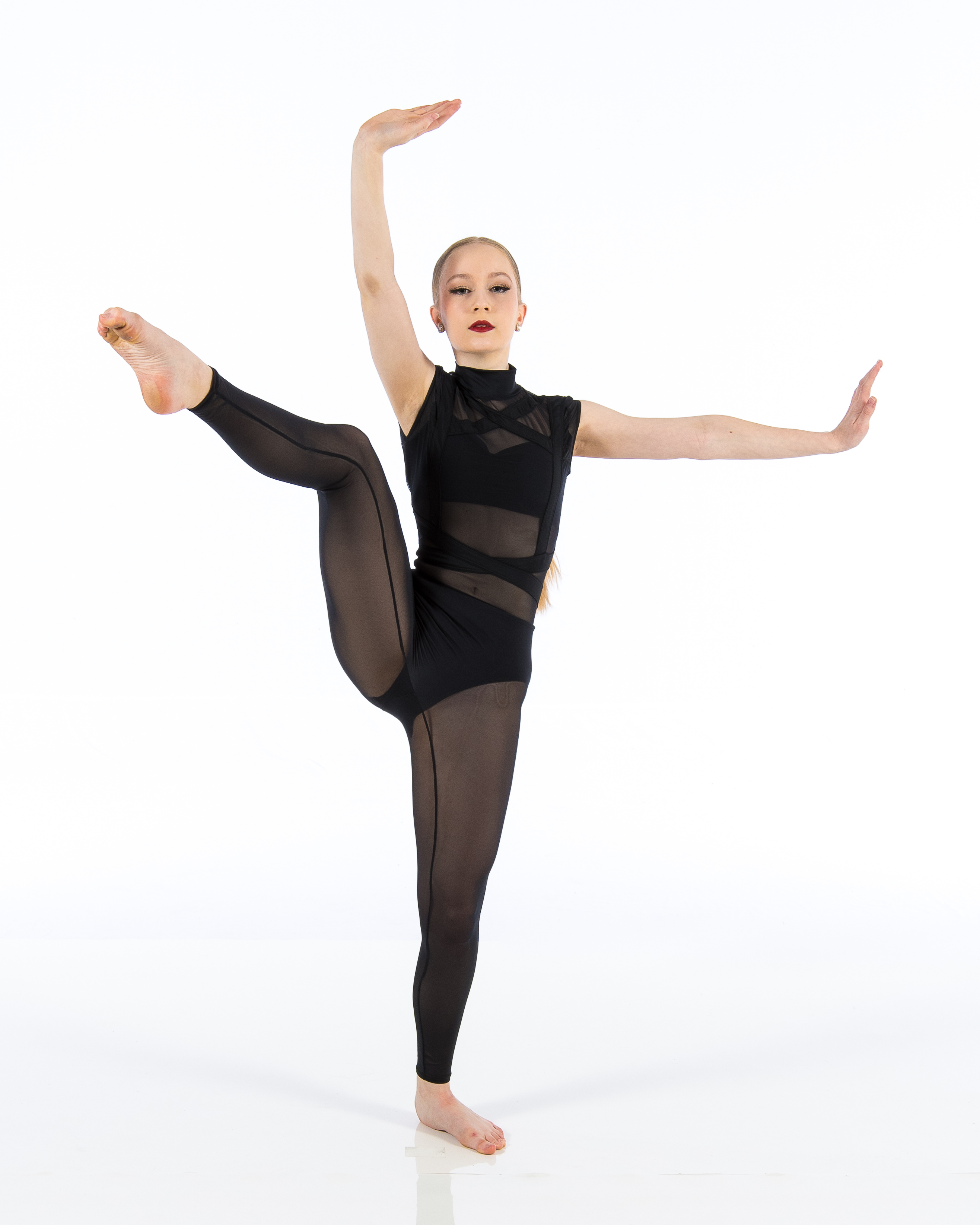Introduction
When it comes to fostering talent, creativity, and skill in the world of dance, one fundamental question often arises: Does class size matter? In a dance academy setting, where personal attention and instructor feedback play pivotal roles in student development, the impact of class size can be profound. This article delves deep into the intricacies surrounding class sizes in dance academies and their implications on learning outcomes. By examining various Dance Studio https://www.dotyperformance.com https://www.dotyperformance.com/staff facets such as personalized instruction, peer interactions, motivation levels, and overall engagement, we aim to provide a comprehensive overview of how class size influences the learning experience in dance.
The Impact of Class Size on Learning at a Dance Academy
Class size significantly affects not just the quality of education but also how students perceive their own growth and progress. In larger classes, instructors may struggle to provide individualized attention, which can hinder skill acquisition and personal expression. Conversely, smaller classes allow for tailored guidance and support. But how does this translate into tangible outcomes for dancers?
Understanding Class Sizes in Dance Education
Before diving deeper into specific impacts, it's essential to clarify what constitutes class sizes in a dance academy. Generally, classes can be categorized as:
- Small Classes (1-10 Students): These intimate settings offer ample time for one-on-one interaction with instructors. Medium Classes (11-20 Students): While still manageable for teachers, these classes may pose challenges in providing personalized feedback. Large Classes (21+ Students): Frequently seen in popular styles or beginner levels, large classes often limit individual attention.
Personalized Attention: The Key Ingredient
One major benefit of smaller class sizes is the opportunity for personalized attention from instructors. In a dance academy with small classes:
- Feedback is Immediate: Instructors can quickly correct form or technique issues. Tailored Instruction: Teachers can adapt lessons according to individual dancer needs.
In contrast, larger classes dilute this benefit significantly. As instructors juggle multiple students’ needs:
- Mistakes may go unnoticed longer. Personal connections between teacher and student diminish.
Peer Interaction Dynamics
In any educational setting—including a dance academy—peer interaction plays an important role in learning.

Benefits of Small Classes
In smaller groups:
Dancers build stronger relationships with one another. They receive constructive criticism from peers more readily. Collaborative learning emerges naturally.Challenges of Large Classes
Conversely, large class sizes might foster competition rather than camaraderie:
- Dancers may feel intimidated by their peers. Opportunities for collaboration become less frequent.
It's crucial for academies to balance these dynamics by considering both instructional methods and student interactions.
Motivation Levels: Fueling the Dance Fire
A dancer's motivation is often tied directly to their environment. So how does class size affect motivation?
Smaller Class Sizes Boost Engagement
In smaller settings:
- Every dancer feels recognized. Participation becomes more frequent due to increased comfort levels.
Larger Classes Can Stifle Enthusiasm
In larger classes:

This leads us to ponder—how do we create an atmosphere that fuels motivation across all class sizes?
The Role of Instructor Experience
Instructor experience also plays a crucial role when discussing class size impacts at a dance academy.
Skilled Instructors Thrive in Smaller Environments
Highly skilled instructors flourish when they have fewer students because they can invest time cultivating each dancer’s abilities effectively.
Struggles with Larger Classes
However, even seasoned educators may find it challenging to maintain high-quality instruction in larger classes without adequate support staff or teaching assistants.
Curriculum Development: Tailoring Lessons Based on Size
The curriculum must be adaptable based on class size for optimal learning outcomes.
What Works Best?
For small classes: Focus on intricate choreography requiring detailed feedback. For large classes: Emphasize group routines that allow broader participation while simplifying complex movements.Class Size vs. Student Retention Rates
It’s not just about immediate learning; retention rates are crucial too!
Evidence from Dance Academies
Studies indicate that students are more likely to stay enrolled when they perceive they are receiving quality instruction tailored to their needs—something easier achieved in smaller settings.
Learning Styles and Class Sizes
Diverse learning styles make it imperative for academies to consider how instructional methods align with different student needs based on class size.
Kinesthetic Learners Benefit From Smaller Groups
Kinesthetic learners thrive with hands-on instruction typical of smaller groups where they can receive real-time corrections.
Visual Learners Might Struggle In Larger Settings
Visual learners might find it challenging to see every demonstration clearly amid larger crowds—leading them potentially astray during critical formative moments.
FAQ Section
Here are some frequently asked questions regarding the impact of class size on learning at a dance academy along with concise answers:
Does smaller class size improve individual skill development?- Yes! Smaller classes typically allow for personalized feedback that enhances skill acquisition faster than larger groups.
- In small classes, dancers tend to bond better and engage collaboratively; larger classes may lead to competitive feelings instead of camaraderie.
- Yes! Large classes can offer diverse perspectives and techniques from multiple peers which enriches the overall learning experience when managed properly.
- Younger children often require more individual attention thus benefiting greatly from smaller groups; teens may thrive within varied peer interactions found in larger settings.
- Absolutely! Tools like video playback allow dancers in bigger classrooms an opportunity for self-assessment alongside instructor feedback helping bridge gaps created by size constraints.
- Extremely important! A favorable ratio boosts engagement levels significantly leading ultimately towards better educational outcomes across all ages at any given academy!
Conclusion
The impact of class size on learning at a dance academy cannot be overstated—it shapes the entire educational experience for budding dancers! While there's no one-size-fits-all answer regarding optimal classroom numbers—instructors must remain mindful about balancing personalized engagement opportunities against community-building elements inherent within group settings—to nurture well-rounded performers ready for whatever stage life throws their way!
As academies continue evolving amidst changing educational landscapes—one thing remains clear: nurturing talent requires thoughtful consideration around structure—and understanding just how impactful those classroom dynamics truly are will only serve practitioners better as they strive toward excellence together!